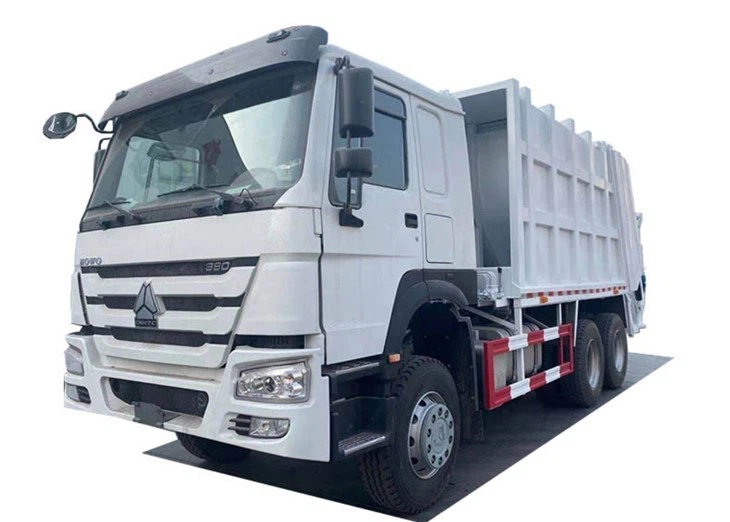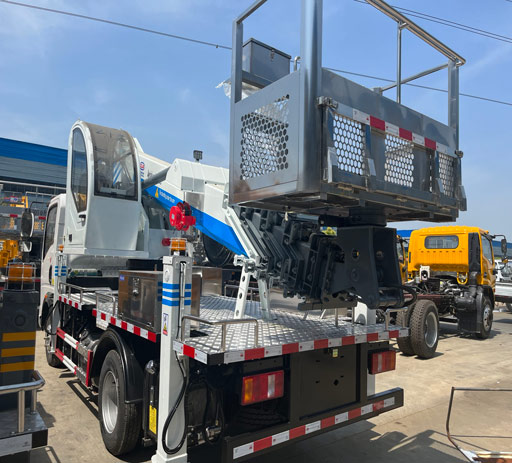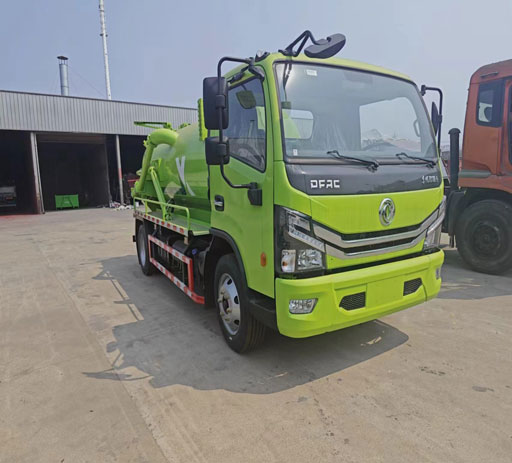Understanding the Peterbilt 567 GVWR: A Comprehensive Guide

Introduction
The Peterbilt 567, a versatile truck known for its durability and efficiency, has become a favorite among many in the heavy-duty trucking sector. This guide focuses on the Gross Vehicle Weight Rating (GVWR) of the Peterbilt 567, which is a critical component for owners and operators to understand when considering purchasing or operating this vehicle. This article will explore the factors affecting the GVWR, important specifications, benefits, and tips for maximizing performance, along with a comprehensive FAQ section to address common inquiries customers may have.
What is GVWR?
Gross Vehicle Weight Rating (GVWR) refers to the maximum weight a vehicle is rated to safely carry, including its own weight and the weight of cargo. It is crucial for compliance with federal and state regulations, ensuring safety and optimal performance while on the road.
Importance of GVWR
The GVWR is significant for several reasons:
- Safety: Helps prevent overweight conditions that could lead to accidents.
- Compliance: Ensures adherence to legal limits set by various traffic authorities.
- Performance: Affects the vehicle’s handling, braking distance, and overall control.
Peterbilt 567 Overview
The Peterbilt 567 is engineered for a range of applications, including construction, regional hauling, and municipal operations. Its robust design and advanced technology make it an ideal choice for various industries.
Key Specifications
| Specification | Details |
|---|---|
| Engine Options | Cummins and PACCAR engines available, ranging from 370 hp to 600 hp |
| Transmission | Various options including automatic and manual transmissions |
| Cab Configurations | Day cab, extended cab, and sleeper cab options |
| Wheelbase | Options from 113 inches to over 200 inches |
Target Industries
The 567’s versatility allows it to be utilized across several industries, including:
- Construction
- Logistics and Transportation
- Municipal Services
- Forestry and Agriculture
Understanding the Peterbilt 567 GVWR
The GVWR for the Peterbilt 567 is a critical specification that varies depending on the configuration and build of the truck. The GVWR typically ranges from 33,000 lbs to 68,000 lbs, depending on how the truck is fitted out.
GVWR Vs. Curb Weight
Curb weight refers to the weight of the vehicle without any cargo or passengers, while GVWR indicates the total maximum weight the truck can handle. Understanding the difference is crucial for safe loading practices.
Factors Influencing GVWR in Peterbilt 567
Several factors can influence the overall GVWR of the Peterbilt 567:
1. Engine Type
The type of engine used can affect the truck’s GVWR. Heavier and more powerful engines typically contribute to a higher GVWR rating.
2. Axle Configuration
Trucks equipped with more axles can often support a higher GVWR. The configuration can also affect the load distribution.
3. Frame Material and Design
Different materials (like aluminum or steel) and frame designs can influence weight. A lighter frame may allow for a higher payload capacity.
Benefits of Knowing the GVWR
Understanding the GVWR of your Peterbilt 567 can provide significant advantages:
1. Enhanced Safety
Knowing the limit helps prevent accidents caused by overloading, ensuring safe operation.
2. Legal Compliance
Operators can avoid hefty fines and penalties associated with overweight violations by adhering to the specified GVWR.
3. Improved Operation Efficiency
Vehicles operating within their rated capacity tend to perform better, consume less fuel, and experience less wear and tear.
Practical Tips for Operating within GVWR
To maximize the performance and safety of your Peterbilt 567, follow these practical tips:
1. Regular Weight Checks
Weigh your truck regularly, especially after loading, to ensure compliance with the GVWR. Public weigh stations can provide this service.
2. Load Distribution
Even distribution of load across the truck can improve stability and safety. Avoid putting too much weight on one end.
3. Proper Maintenance
Regular maintenance of the truck, including brakes and tires, can help prevent accidents and ensure compliance with safety standards.
Common Misconceptions about GVWR
Various myths circulate regarding GVWR, which can lead to unsafe practices. Here are some common misconceptions:
1. GVWR Is Just a Number
While it may seem just like a figure, GVWR represents your vehicle’s safe operating limit and must be taken seriously.

2. Any Load Is Acceptable
Any load can exceed GVWR if not accounted properly, leading to potential safety hazards.
3. GVWR Is Consistent Regardless of Configuration
Configurations vary; hence, the GVWR is not the same for every Peterbilt 567 depending on options chosen.
Frequently Asked Questions (FAQ)
1. What is the typical GVWR range for the Peterbilt 567?
The typical GVWR range for the Peterbilt 567 is between 33,000 lbs to 68,000 lbs, depending on the configuration.
2. How can I determine the GVWR of my specific Peterbilt 567 model?

The GVWR will be indicated on the vehicle’s specifications plate usually located on the driver’s side door frame or in the manufacturer’s documentation.

3. What happens if I exceed the GVWR?
Exceeding the GVWR can lead to severe safety risks, including difficulty in handling, increased stopping distances, and potential legal repercussions.
4. Can I modify my Peterbilt 567 to increase its GVWR?
Modifications can be complicated. It’s essential to consult with a professional to ensure compliance with regulations and safety standards.
5. Does the GVWR affect insurance rates?
Yes, insurance rates can be affected by the GVWR, as higher weights may indicate more risk for the insurance provider.
6. How can I improve my truck’s fuel efficiency while adhering to GVWR?
Carrying less weight, maintaining proper tire pressure, and ensuring regular maintenance can significantly improve fuel efficiency.
